Supercell Thunderstorms: Nature's Ultimate Storm Machine
Advertisement
4. The Destructive Power of Supercells: Hail, Wind, and Tornadoes
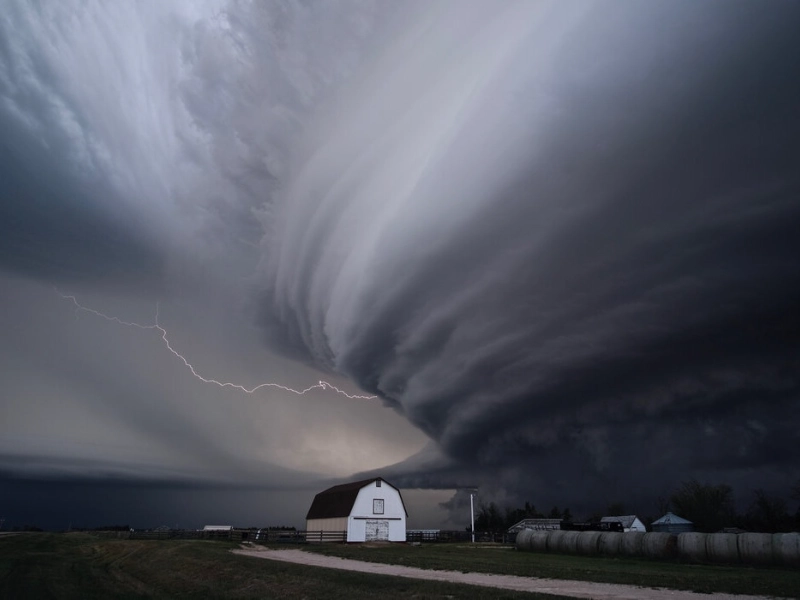
Renowned for their amazing destructive power, supercell thunderstorms can generate a trio of severe weather events capable of causing extensive damage and major hazards to life and property. In meteorology, these three main hazards—large hail, destructive winds, and tornadoes—make supercells among the most dreaded weather phenomena.
Among the most unique and damaging products of supercell thunderstorms is hail. Within a supercell, the strong updrafts can hang water droplets high in the atmosphere when temperatures are much below freezing. As they interact with other supercooled water droplets, these freeze and start to expand. A supercell's revolving updraft can keep these expanding hailstones aloft for long stretches of time, allowing them to reach massive diameters before finally descending to the ground. With the largest known hailstone in the United States weighing almost two pounds and measuring 8 inches in diameter, hailstones from supercells have been reported to reach the size of softballs or even bigger. For everyone stuck outdoors during a storm, such heavy rain can be rather dangerous as well as wreak terrible damage to buildings, vehicles, and crops.
Another signature of supercell thunderstorms are damaging winds. Both straight-line and spinning winds from these storms can be quite destructive. Often connected with the rear flank downdraft of a supercell, straight-line winds can reach extreme conditions and equal some hurricane speeds. These strong winds can destroy roofs, knock down trees, and sometimes flip cars. Particularly in cases of a tornado, the mesocyclone's whirling winds can also be lethal. Often forcing meteorologists to carefully examine damage surveys to ascertain the precise nature of the wind event, these spinning winds can generate damage patterns different from straight-line wind damage even without tornado development.
The tornado is maybe the most dreaded product of supercell thunderstorms. Although not all supercells generate tornadoes, those that do are accountable for the most intense and long-lived ones on known record. With most intense tornadoes developing in the area under the mesocyclone, a supercell's whirling updraft offers the ideal setting for tornado development. From somewhat modest, brief incidents to gigantic, long-track tornadoes that linger on the ground for hours and create pathways of destruction over several states, these vortices of wind can range. With wind speeds above 200 mph, the greatest tornadoes—rated EF5 on the Enhanced Fujita Scale—can level even well-built structures and propel automobiles great distances.
For forecasters and emergency managers, the three severe weather hazards—hail, wind, and tornadoes—combine to create especially hazardous and difficult supercell thunderstorms. The possibility of several dangers occurring concurrently or in short succession calls for a thorough approach to severe storm readiness and reaction. Communities in places prone to supercell generation have to be extremely alert, with well-developed warning systems and public education campaigns to guarantee citizens know how to react when these strong storms threaten.
Advertisement
Recommended Reading:
Underground Monsters: The Insane Depths of Earth's Deepest Mines Revealed →
You are viewing page 4 of this article. Please continue to page 5
Stay Updated
Actionable growth insights, once a week. No fluff, no spam—unsubscribe anytime.
Advertisement
You May Like

25 Hilarious Photos that Show the Funny Side of Women's Tennis
09/01/2025

Wardrobe Woes: Hilarious Celebrity Outfit Blunders You Can't Unsee
08/01/2025

These Animals Were Born With Very Unique Markings That Set Them Apart
08/03/2025

14 Unique Cat Breeds That You Don’t See Every Day
06/30/2025

Rare Historical Photos That Reveal the Unknown Past
07/28/2025

DIY Disasters: When Repairs Go Horribly Wrong
08/29/2025

What Will Happen to Your Body If You Start Eating 3 Dates Every Day for a Week
07/14/2025

The Strangest Beauty Pageants Through History
09/02/2025

The Surprising Benefits of Sleeping Next to a Lemon
07/28/2025
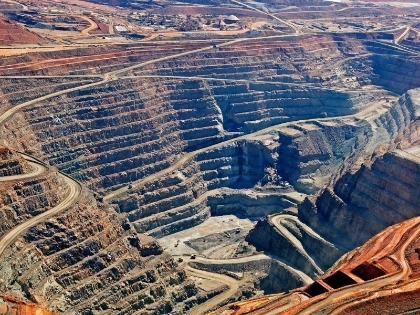
Underground Monsters: The Insane Depths of Earth's Deepest Mines Revealed
06/23/2025

Watermelon Diet: A Delicious Choice for Summer Weight Loss
07/26/2025
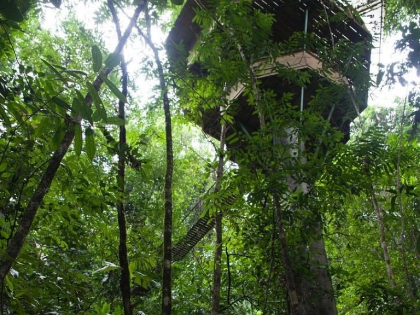
21 Hotels That Can Make Anyone Want to Book the Next Flight
06/19/2025

10 Unobvious Things to Do as Soon as You Enter Your Hotel Room
08/08/2025

The Best Shot Of A Wild Animal You've Never Seen Before
08/21/2025

9 Amazing Facts About The Blue Lagoon - #6 Will Shock Even Icelanders!
07/14/2025

20 Luxurious Things From Dubai That Made Us Gasp
07/12/2025

10 Incredible Cities That Have Changed Beyond Recognition
06/09/2025

Owners Were Shocked! The Amazing Changes After Pet Grooming
08/18/2025
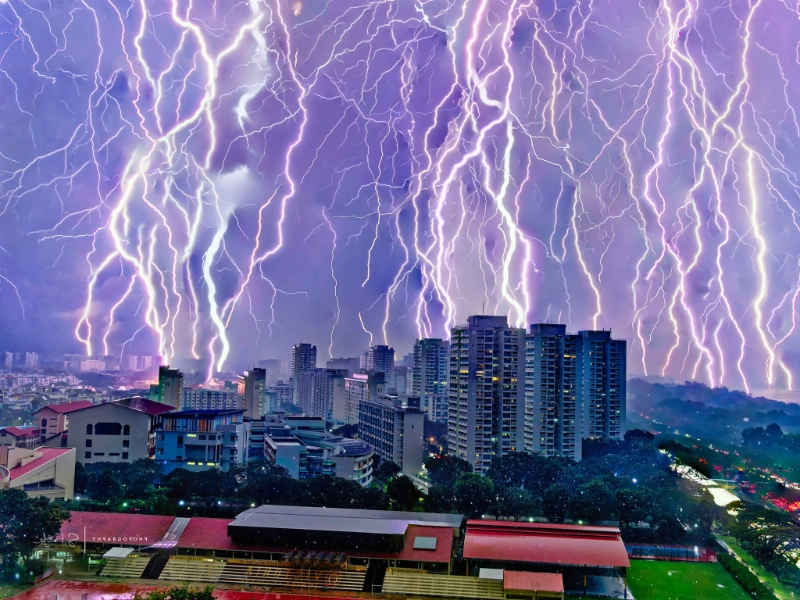
16 World-Famous Lightning Landmarks: A Must-Visit Pilgrimage
07/10/2025

19 Reddit Users Shared Their Best Secrets to Make Life Easier at Home
07/22/2025

Apricot Jam: The Taste of Summer Sunshine
08/04/2025

Hair Mistakes That Make Women Look Much Older Than They Are
06/13/2025

24 Pets Who Are Evolving Into Their Humans
06/10/2025
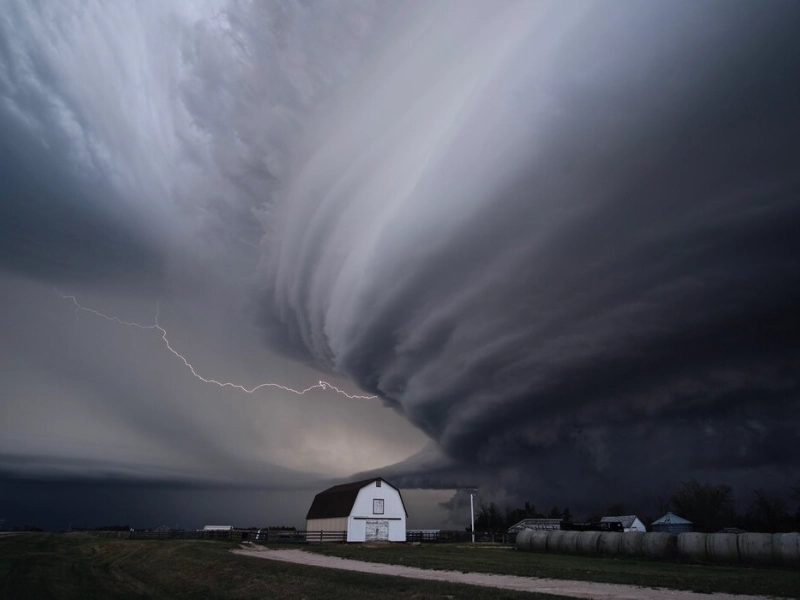
Supercell Thunderstorms: Nature's Ultimate Storm Machine
07/24/2025
Comments
JadeHelix · 08/14/2025
I’d test this today. Anyone joining?
AlloyDreamer · 08/09/2025
Could standardize review rituals.